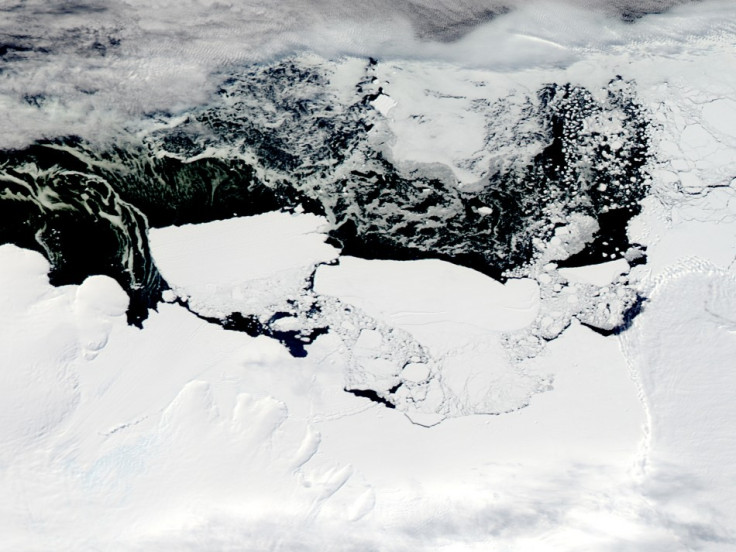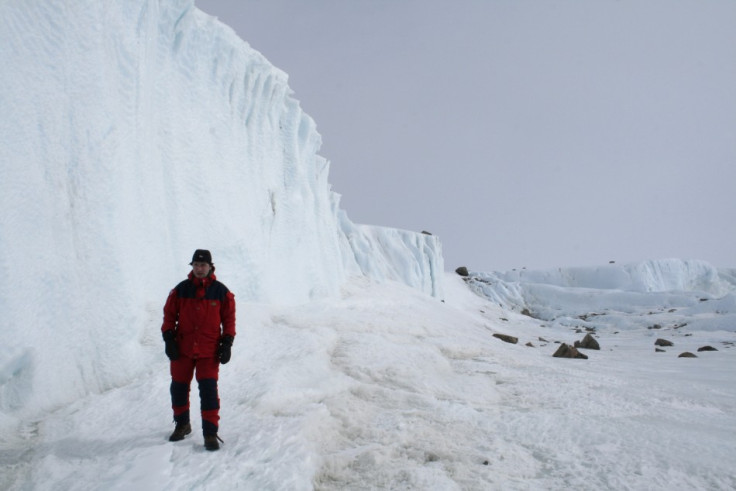Climate Change: Shifting Patterns of East Antarctic Ice Sheet 'Like Canaries in a Mine'

The changing patterns of the East Antarctic ice sheet should be seen as a warning "like canaries in a mine", scientists have said.
A team from Durham University has used satellite imagery to track the changes in 175 glaciers that run along the East Antarctic Ice Sheet's coastline between 1963 and 2012.
The team said areas of the ice sheet that are thicker than 4km are more susceptible to changes in ocean temperature than previously thought, and that there is an urgent need to understand how vulnerable it is, as it holds the vast majority of the world's ice - enough to raise sea levels across the globe by 50 metres.
Researchers found glaciers underwent rapid and synchronised periods of advance and retreat which coincided with cooling and warming.
Chris Stokes, from the university's Department of Geography, said: "We know that these large glaciers undergo cycles of advance and retreat that are triggered by large icebergs breaking off at the terminus, but this can happen independently from climate change.
"It was a big surprise therefore to see rapid and synchronous changes in advance and retreat, but it made perfect sense when we looked at the climate and sea ice data.
"When it was warm and the sea ice decreased, most glaciers retreated, but when it was cooler and the sea ice increased, the glaciers advanced.

"In many ways, these measurements of terminus change are like canaries in a mine - they don't give us all the information we would like, but they are worth taking notice of."
Three patterns to emerge from the satellite images showed that the glaciers retreated most in the 1970s and 80s, when temperatures were rising, they advanced during the 90s, during a period of cooling. and they began to advance and retreat at a steady rate in the 2000s, when temperatures increased and decreased.
Stokes said the causes for the trends in air temperature were likely to be from a combination of natural and human causes but could not say definitively. He said further investigation of the ice sheet was essential as models suggested that climate change would increase both atmospheric and ocean temperatures.
"If the climate is going to warm in the future, our study shows that large parts of the margins of the East Antarctic Ice Sheet are vulnerable to the kinds of changes that are worrying us in Greenland and West Antarctica - acceleration, thinning and retreat," he said.
"When temperatures warm in the air or ocean, glaciers respond by retreating and this can have knock-on effects further inland, where more and more ice is drawn-down towards the coast.
"We need to monitor their behaviour more closely and maybe reassess our rather conservative predictions of future ice sheet dynamics in East Antarctica."
READ:
Hurricane Bachmann: Petition to Name Natural Catastrophes after Climate Change Deniers
© Copyright IBTimes 2025. All rights reserved.






















